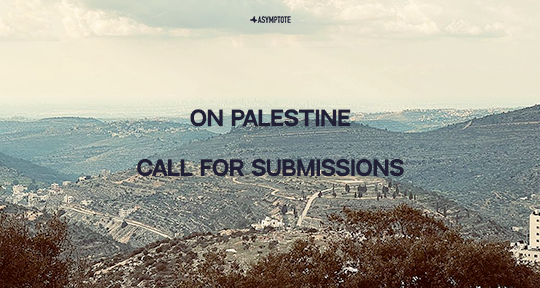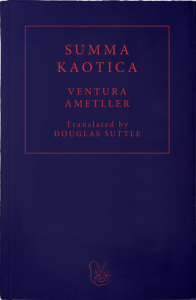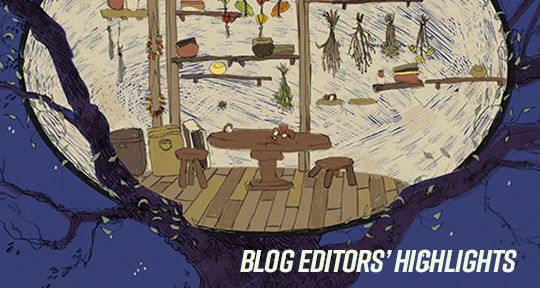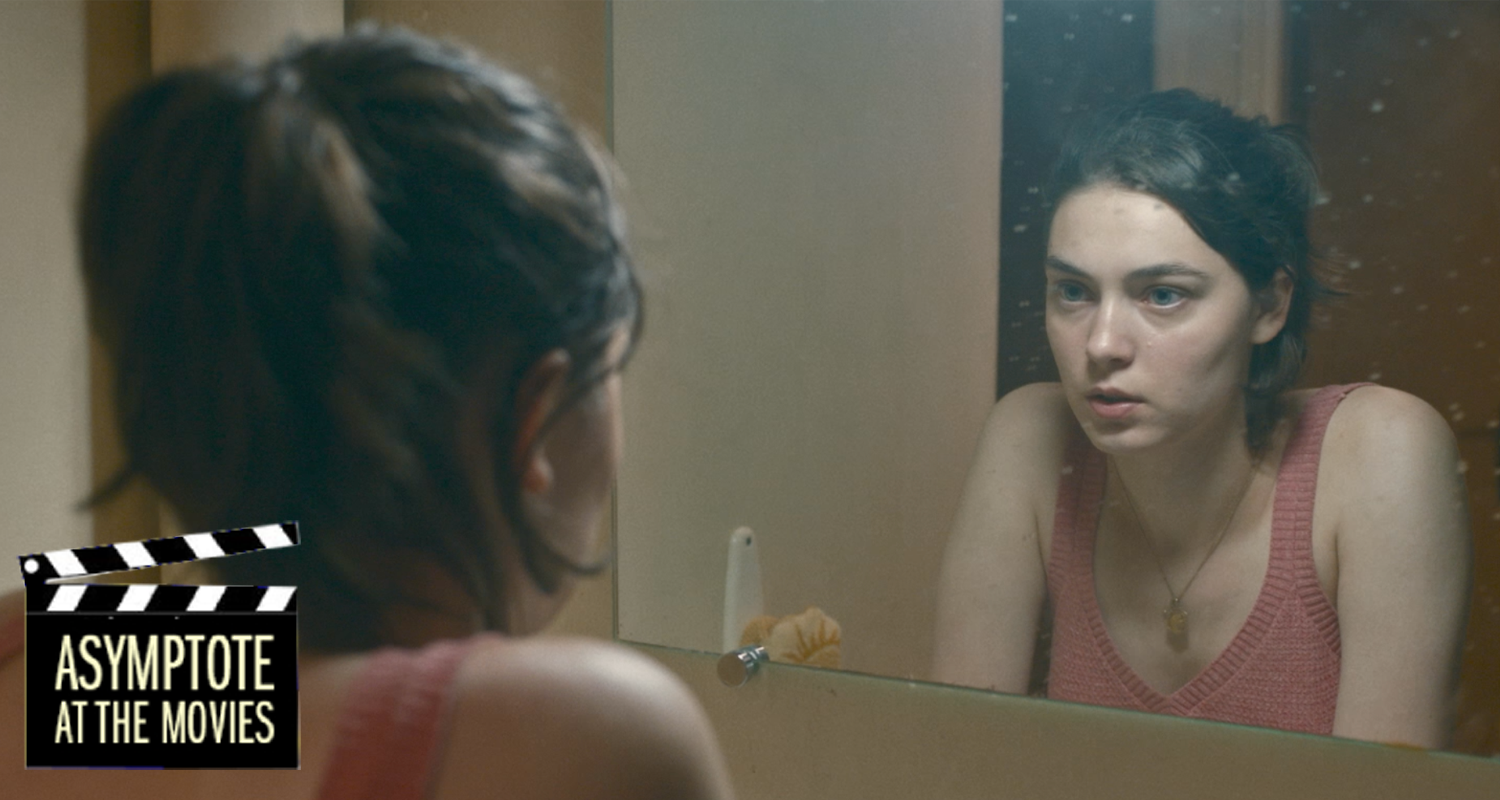There’s plenty to discover in our Spring 2025 issue, with work from twenty-four countries and eighteen languages, including a new Korean literature feature; icons like Chekhov and Pushkin; and the additions of Guyana Creolese and Sesotho into our language archives. Here, our blog editors highlight their favourites from this teeming array, including an immersive, linguistically deft tale of adolescent awakening, and an epistolary insight into one of literary history’s great love stories.
A few weeks ago, I watched The Eternal Feminine, a film on the life of the great Mexican poet Rosario Castellanos. The narrative itself was tepid, overly reliant on the tired trope of the overworked woman genius and her jealous partner, carrying on the tradition of the biopic’s privileging of unidimensional emotion—but still a numinous glimmer came from actress Karina Gidi’s forceful, steady delivery of Castellanos’s words, through which we are granted the strange tension of a mind that is both deeply interconnected and stoically isolated: “I love you, dear Ricardo, as far as the eye can see—and keep in mind that I stand facing the sea.”
As always with the public exhibition of letters, there is the pleasant shiver of the eavesdrop, and the thrill of the temporal override. Through Nancy Ross Jean’s flowing, intuitive translation of Castellano’s Letters to Ricardo, there is a sense of what makes the traditional biography so ill-suited for intimacy. In the display of a supposedly whole story, the audience is never given the dynamics and mysteries of possibility—but of someone else’s love, we should only ever admit to having a glimpse. The facts of context and consequence enable us to proffer our own judgments on the rights and wrongs of a romance, but has that ever mattered to those enraptured within the feeling? Despite knowing that the love story will come to a devastating end, the letter—a souvenir, a relic—transports us momentarily to a state of oblivion, a moment of urgency wherein reality is constituted from desire: the absolution of living in a body that desires. “I love you, and this lends a specific meaning to my desire, a desire only you can satisfy. I don’t want anybody or anything to come between us and this new reality that for me is so rich and important.” There’s something extraordinarily powerful in that line, which reaches out to our voyeurism and dismisses our retrospect; this reality belongs to her. READ MORE…
















Blog Editors’ Highlights: Winter 2025
Reviewing the manifold interpretations and curiosities in our Winter 2025 issue.
In a new issue spanning thirty-two countries and twenty languages, the array of literary offers include textual experiments, ever-novel takes on the craft of translation, and profound works that relate to the present moment in both necessary and unexpected ways. Here, our blog editors point to the works that most moved them.
Introducing his translation of Franz Kafka’s The Trial in 2012, Breon Mitchell remarked that with every generation, there seems to be a need for a new translation of so-called classic works of literature. His iteration was radically adherent to the original manuscript of The Trial, which was diligently kept under lock and key until the mid-fifties; by then, it was discovered exactly to what extent Max Brod had rewritten and restructured the original looseleaf pages of Kafka’s original draft. It is clear from Mitchell’s note that he considers this edit, if not an offense to Kafka, an offense to the reader who has lost the opportunity to enact their own radical interpretation of the work: an interpretation that touched Mitchell so deeply, he then endeavored to recreate it for others.
In Asymptote’s Winter 2025 Issue, the (digital) pages are an array of surprising turns of phrase and intriguing structures—of literature that challenges what we believe to be literature, translations that challenge what we believe to be originality, and essays that challenge what we believe to be logic. I am always drawn to the latter: to criticism, and writing about writers. As such, this issue has been a treat.
With the hundredth anniversary of Kafka’s death just in the rearview and the hundredth anniversary of the publication of The Trial looming ever closer, the writer-turned-adjective has not escaped the interest of Asymptote contributors. Italian writer Giorgio Fontana, in Howard Curtis’s tight translation, holds a love for Kafka much like Breon Mitchell. In an excerpt from his book Kafka: A World of Truth, Fontana discusses how we, as readers, repossess the works of Kafka, molding them into something more simplistic or abstract than they are. In a convincing argument, he writes: “The defining characteristic of genius is . . . the possession of a secret that the poet has no ability to express.” READ MORE…
Contributors:- Bella Creel
, - Meghan Racklin
, - Xiao Yue Shan
; Languages: - French
, - German
, - Italian
, - Macedonian
, - Spanish
; Places: - Chile
, - France
, - Italy
, - Macedonia
, - Switzerland
, - Taiwan
, - Turkey
; Writers: - Agustín Fernández Mallo
, - Damion Searls
, - Elsa Gribinski
, - Giorgio Fontana
, - Lidija Dimkovska
, - Sedef Ecer
; Tags: - dystopian thinking
, - identity
, - interpretation
, - nationality
, - painting
, - political commentary
, - revolution
, - the Cypriot Question
, - the Macedonian Question
, - translation
, - visual art
, - Winter 2025 issue
, - world literature